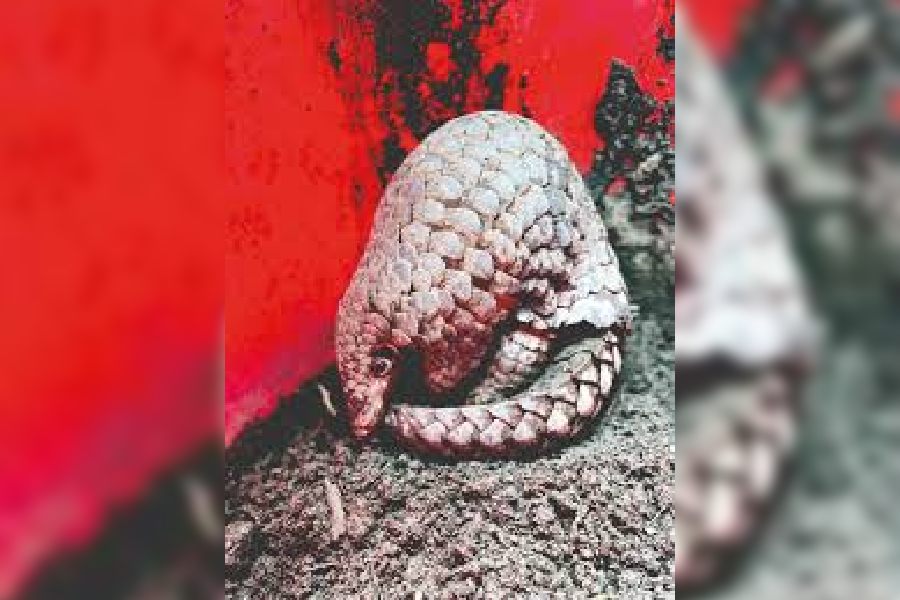Scientists of the Calcutta-headquartered Zoological Survey of India have identified a new pangolin species.
“The discovery of the Indo-Burmese pangolin (Manis indoburmanica) sheds light on the evolutionary diversity of pangolins, revealing that this species diverged from the Chinese pangolin (Manis pentadactyla) approximately 3.4 million years ago. The species’ development was likely influenced by dramatic geo-climatic changes in the Indo-Burma region, which is recognised as one of the world’s biodiversity hotspots,” said a note from the ZSI, the country’s oldest taxonomic research organisation.
“This discovery is a testament to the power of modern genetic tools in uncovering hidden diversity,” said Mukesh Thakur, the ZSI scientist who led the study.
“The Indo-Burmese pangolin not only enriches our understanding of Asian pangolins but also emphasises the need for region-specific conservation efforts,” he said.
A key contributor to this research was Lenrik Konchok Wangmo, a PhD scholar at the University of Calcutta. Wangmo played a vital role in identifying the holotype and paratype specimens from Arunachal Pradesh. “It is a privilege to contribute to such an important discovery,” Wangmo said.
Genetic analyses confirmed that the Indo-Burmese pangolin diverged from the Chinese pangolin around 3.4 million years ago.
Its current distribution spans parts of Arunachal Pradesh, Assam, and possibly extends to Nepal, Bhutan, and Myanmar.
The discovery of the Indo-Burmese pangolin underscores the urgent need to prioritise pangolin conservation. “Pangolins are among the most heavily trafficked mammals globally. Recognising this species as distinct highlights its vulnerability and the pressing need for collaborative conservation measures across its range,” Thakur said.
“Most of the pangolin scales and meat are headed for China. Nepal and Bhutan are favoured routes because of their proximity to China. Bengal shares borders with Nepal and Bhutan and, naturally, is a busy transit point,” said a retired forest official.
China, followed by Vietnam, is the biggest consumer of pangolin scales and meat, said sources in the forest department. Pangolin meat is considered “tonic food” because of its “medicinal properties” and the scales are used in traditional Chinese medicines.
Dhriti Banerjee, director of ZSI, said: “This remarkable finding demonstrates the critical role of scientific research in uncovering biodiversity and informing conservation action. Protecting the Indo-Burmese pangolin is essential to safeguarding the ecological integrity of the Indo-Burma region.”










